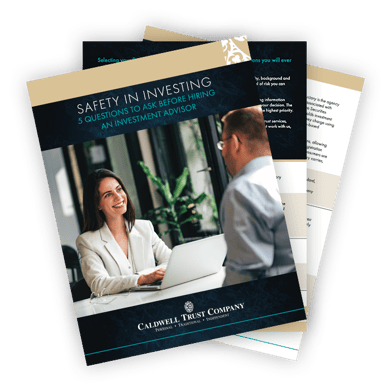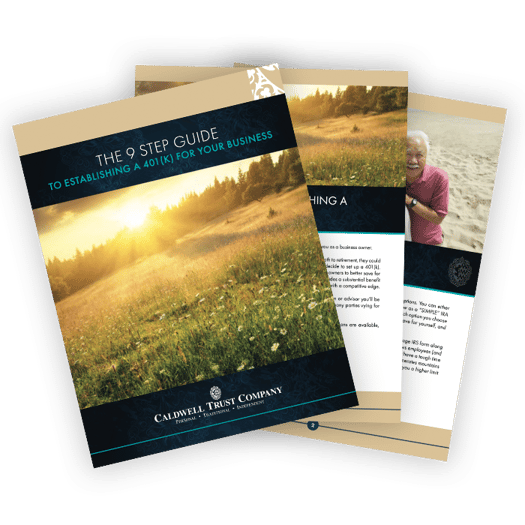Depending on which professional sector of society you consult, there are between three and eight phases of life.
Related Blog: When Should I Start Thinking About Retirement Options?
The various phases of life include changes related to levels of maturity and areas of focus.
On a broad scale, retirement planning includes the accumulation phase and the retirement phase, but better planning necessitates a further breakdown of these two phases.
The Accumulation Years
This phase involves placing funds into interest-bearing accounts where their value will multiply throughout the years, providing the necessary funds for retirement. Your retirement planning focus will change throughout three different phases of accumulation.
Workforce Entry
Some fortunate individuals enjoy a head start in retirement planning in the form of savings accounts, whole life policies, or other long-term investments provided by parents or family. For the vast majority of us, retirement planning does not begin until we enter the workforce.
This phase usually lasts about five years. Though the desire is to live-it-up while you are single, those who focus on establishing a retirement plan at this age come out ahead. Benefits to starting early include:
- A greater length of time to accumulate interest
- Ability to invest in higher-risk investments as time balances out losses
- Lower living expenses allows for a higher percentage of investment income
You should certainly enroll in any employer-provided retirement plans and focus on placing a minimum of ten percent of your earnings into retirement accounts. The more money you put in early, the higher the ROI you will receive over 40 to 45 years of interest accumulation.
Early Family
The focus shifts when you start a new family. Your focus changes to providing for the immediate needs of your family. The common range for this phase is between the ages of 25 and 50 years old. Though incomes rise in this phase, expenses also increase and the percentage of your income available for investment into retirement decreases. In addition to living expenses, many people in this stage invest in college funds, whole life policies, savings accounts, and other investment opportunities for their children. Work toward investing between five and ten percent of your earnings in retirement funds during this phase.
Later Family
In this phase, after 50, most individuals enjoy the highest level of income in their lives. With the kids out of the house, expenses tend to decrease and a higher percentage of your income is available for investment into retirement.
Unfortunately, the shorter time period between this phase and retirement is working against you. You will need to back off on high-risk investments in an effort to protect what you have accumulated at this point. At the same time, this is your last chance to increase retirement funds accumulation. This is a good time to convert employer invested funds and other investments into IRAs and begin retirement scenario planning. You should invest the maximum available income into retirement funds during this phase.
Retirement Years
Just as in the accumulation phase, there are different challenges related to maturity and areas of focus during retirement.
Early Retirement
This phase is similar to the workforce entry phase in that it tends to last about five years and your newfound freedom and accumulated income make it tempting to live-it-up. Many people use much of their retirement income during these early years for traveling, purchasing RVs, time-shares, etc. There is nothing wrong with enjoying this time, but use careful planning to ensure that a major portion of your retirement funds are still available for the remaining years of retirement.
Mid Retirement
In this phase, most people begin to slow down. The focus shifts from seeing the world to enjoying a quieter life. During this phase, challenges to your health begin to reveal themselves and there is a greater focus on health maintenance. This phase is a good time to start considering the transfer of control of assets should you need specialized or long-term care.
Later Retirement
Many people no longer have control over their retirement funds at this stage. It is important that sufficient funds are available for specialized care and end-of-life expenses. Any unresolved wealth and asset transfer should be finalized during this phase.
Retirement planning includes various phases when financial maturity and focus shifts. Managing your investments in the accumulation stage is a critical part of having sufficient funds to live on after retirement. In addition, proper planning for the different phases of retirement ensures that funds will continue to be available through your retirement years.
Contact us for more information on the retirement planning solutions Caldwell Trust has available to meet your needs.










